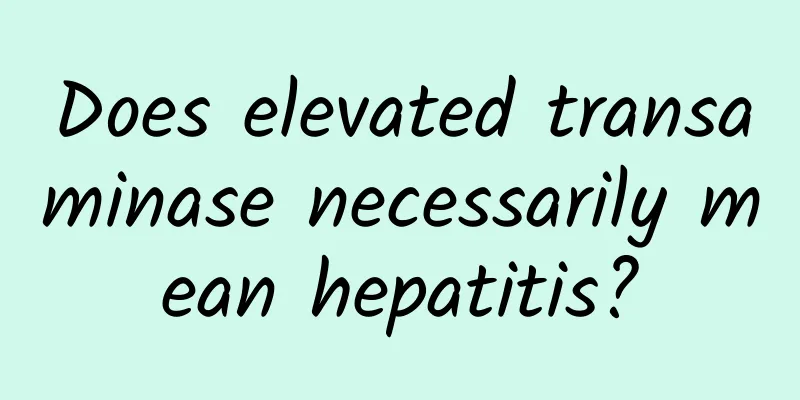Uterine cyst menstrual bleeding

|
Uterine cysts are very common in our lives, but they are divided into two types: benign cysts and malignant cysts. For benign cysts, it may be enough to just remove the cystic part, but for malignant cysts, the entire uterus of the woman needs to be removed. Uterine cysts can also cause women to have continuous menstruation. So what should I do if I have continuous menstrual bleeding due to uterine cysts? 1. Impact on fertility: The most obvious feature of uterine cysts is that they will affect the female reproductive system. We often hear that women with uterine cysts cannot have normal fertility. The most important harm of uterine cysts is the impact on fertility. This is because cysts in the uterine cornu compress the entrance of the fallopian tube, causing the uterus to deform and hinder the implantation of the fertilized egg. In addition, patients with cysts often suffer from ovarian dysfunction, leading to infertility. 2. Women have menstruation every month, and uterine cysts will cause heavy menstrual bleeding, which will cause anemia in women in the long run. Patients with uterine cysts who have heavy menstrual periods for a long time are prone to secondary anemia and even anemic heart disease. In severe cases, they may experience symptoms such as general fatigue, pale complexion, shortness of breath, and palpitations. 3. If uterine cysts are not treated for a long time, coupled with some bad living habits of the patient, it may cause uterine cancer. It is much higher than uterine cyst combined with cervical cancer. Therefore, menopausal patients with uterine cysts and persistent uterine bleeding should be alert to the presence of endometrial cancer. Before confirming treatment, a diagnostic curettage should be performed. 4. Concurrent gynecological inflammation: Patients with uterine cysts will experience symptoms of menstrual changes, such as increased menstrual flow, prolonged menstrual period, etc., and irregular bleeding can lead to invasion by pathogenic bacteria and cause gynecological inflammation such as adnexitis and pelvic inflammatory disease. 5. Torsion: Subserosal cysts may twist at the pedicle, causing acute abdominal pain. In severe cases, if surgery is not performed immediately or the cyst cannot be turned back on its own, the free cyst may cause the torsion of the entire uterus and cause axial torsion of the uterus. |
<<: My period ended on the third day.
>>: Can I get pregnant if I have uterine fibroids?
Recommend
What to eat to quickly enlarge breasts
Breast enhancement, how to enlarge breasts, and w...
You don't need to take calcium tablets after a few months of pregnancy
Many people know that pregnant women need to supp...
What are the benefits of calcium supplementation for women?
Calcium is the nutrient that our body needs most....
Is there a risk of Alzheimer's disease if you take statins for a long time? What pharmacists say
A friend told Huazi that he saw someone say, &quo...
How much does breast ptosis correction surgery cost?
If breast sagging requires corrective surgery, it...
Blackening of big toe joint
Many female friends who love high heels wonder if...
What to eat for scanty and dark periods
What should I do if my menstrual period is scanty...
School is starting again. Which outdoor sports can help prevent and control myopia?
During the winter vacation, many children have vi...
Do we need to use moxibustion every day during the dog days? What is the correct way to use moxibustion during the dog days?
In traditional Chinese medicine, moxibustion is t...
Precautions for doing B-ultrasound of neck blood vessels
Neck vascular B-ultrasound is a non-invasive exam...
Will the fuel consumption be higher after the fuel consumption is reset to zero? What are the effects of resetting the fuel consumption to zero?
The fuel consumption of a new car is generally hi...
𧿹Does hallux valgus surgery require osteotomy? What are the advantages of minimally invasive surgery?
Author: Xu Yingpeng, Chief Physician, Guang'a...
How can women with qi and blood deficiency be effectively treated?
Many female friends usually feel weak all over, i...
What is the difference between breast nodules and cysts?
For most women, they must be familiar with the di...









